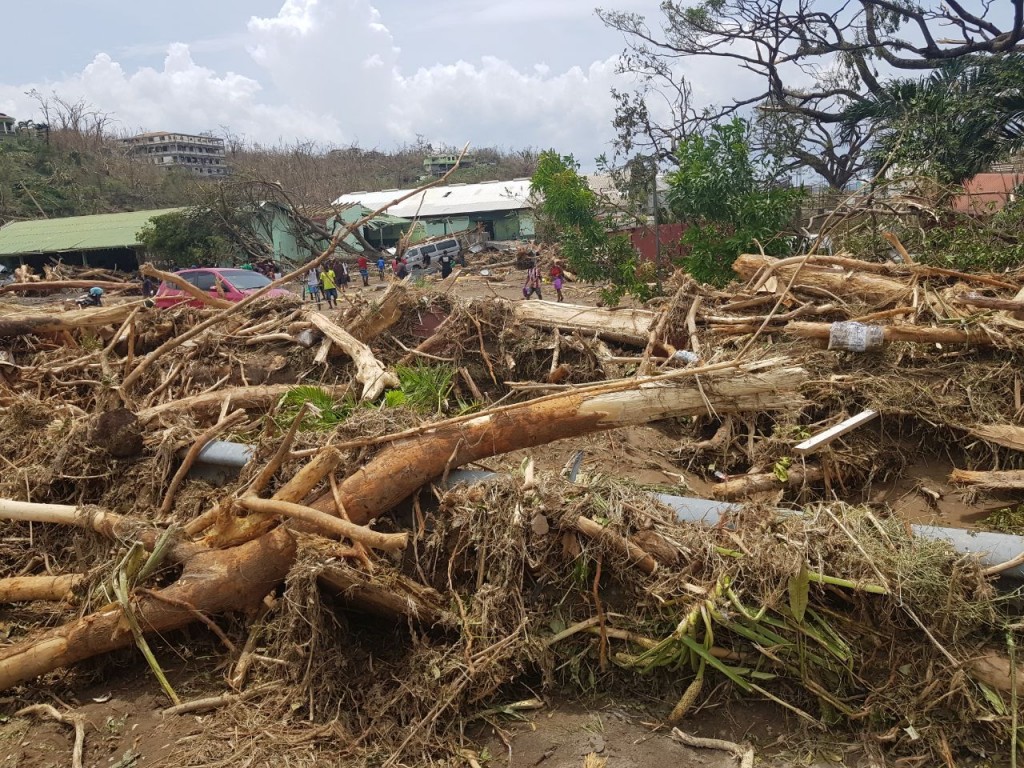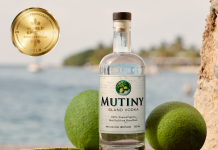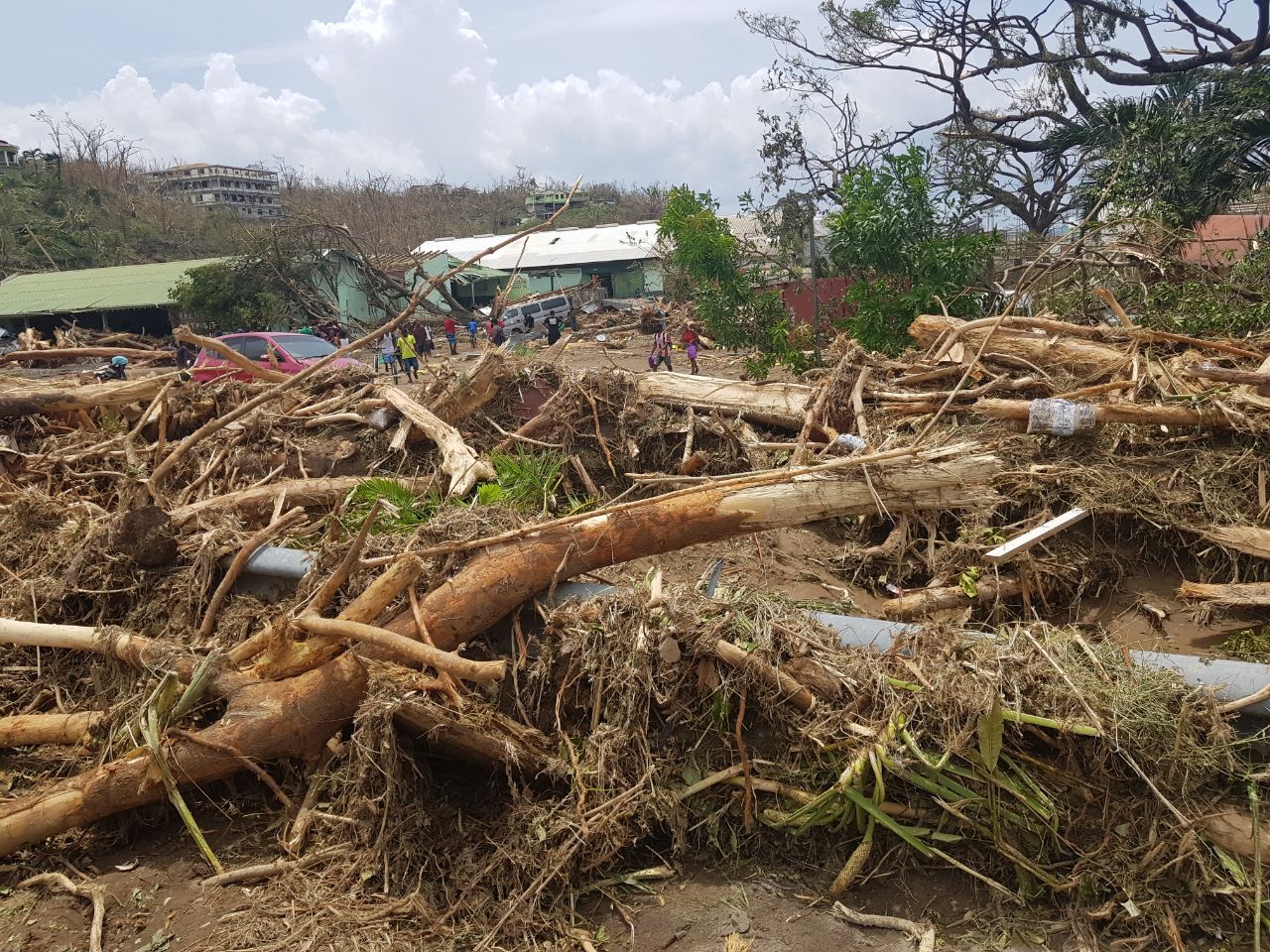
News Americas, LONDON, England, Fri. Sept. 22, 2017: From early on September 6, to late on September 10, Hurricane Irma raged at speeds of up to 185 mph across the Caribbean. It caused at least 43 deaths, extensive damage to homes, livelihoods, and infrastructure, and seriously set back the Caribbean tourist economy, especially in some of the worst hit islands.
Barbuda, the British Virgin Islands, St Thomas and St John in the US Virgin Islands, both sides of the Dutch/French speaking island of St Maarten/St Martin, and Cuba’s north-east coast, all experienced significant structural damage, as all were at or close to the eye of the storm. Also hit were Anguilla; St Barthelemy; the Turks and Caicos Islands; and the southern end of the Bahamas chain of islands, with many other countries away from Irma’s epicenter experiencing damaging sea surges and extended periods of heavy rainfall.
And then Hurricane Maria hit Dominica, St. Croix and Puerto Rico between Sept. 18th and 19th, only two weeks after Irma.
Speaking about the implications of this for tourism at the launch of an industry post hurricane recovery fund, Karolin Troubetzkoy, the President of the Caribbean Hotel and Tourism Association (CHTA) said that the aim is to have the affected areas of the Caribbean ready to receive tourists by the spring and summer seasons of 2018, if not sooner, while stressing the importance of now strengthening the resilience of the sector.
“Our nations and territories are dependent on tourism and they will need help to bounce back,” she said, adding that tourism is the quickest way to “rebound an economy, put people back to work and generate badly needed tax revenues to support reconstruction.”
Subsequently, in a second message Mrs Troubetzkoy, said that there is an urgent short term need to make clear to travellers that much of the rest of the region is unaffected and is open for business.
To this end, CHTA has created a website ‘Caribbean Travel Update’ which makes clear which islands are open for business and which are on the path to recovery. The approach also involves the creation of a You Tube Channel with new video footage that will showcase properties and destinations as they become ready to receive guests.
Both are vital short-term responses, but there is much more to be done in the longer term.
Firstly, climate change is real, likely to be lasting, and the Caribbean is particularly vulnerable. As an industry dependent on both the built and natural environment, tourism needs to make clear that its economic contribution requires resilience in infrastructure and along coastlines and that this requires investment and external support.
It is therefore in the interests of the industry to add its voice to those reminding other countries, including the US and China, about the importance of the region being an early recipient of UN climate change funding for adaptation and mitigation. It is also important that international support is increased for the Caribbean Catastrophe Risk Insurance Facility, the segregated company linked to the Caribbean Development Bank.
Secondly, in future, in the aftermath of any major storm, there is a need to consider short, medium and long-term messaging priorities. There are many examples after hurricane Irma struck where
governments were stressing damage to the domestic economy and the hardships suffered, while in contrast the tourism sector and individual hotels, for commercial reasons, were saying all was well and they would be opening as normal for the coming season.
Thirdly, there is a need to address the damaging impression of the region brought about by those countries and tour operators that did not airlift out their visitors before the storm hit, or were unable to provide immediate consular support after the hurricane has passed. The industry with Caribbean governments needs to engage jointly their overseas counterparts in all source markets to develop time-lined protocols in ways that avoid destinations having to address the problem of thousands of stranded visitors at a time of domestic hardship.
And fourthly, it should be more widely recognized that visitor perception and messaging have become a critical component of the future success of the regional economy. Throughout Hurricane Irma’s course, visitors’ use of social media drove the international news agenda, downgraded the far greater suffering of islanders, and rightly or wrongly, created concerns about the long-term security of some destinations.
While the immediate need is for financial support – let us hope those who profit from the region including the cruise lines, the airlines, tour operators and industry suppliers all give generously – there is a strong case for the industry and Caribbean governments to initiate a dialogue that enables Irma’s and Maria’s lessons to be learned.
 EDITOR’S NOTE: David Jessop is a consultant to the Caribbean Council and can be contacted at [email protected]. Previous columns can be found at www.caribbean-council.org.
EDITOR’S NOTE: David Jessop is a consultant to the Caribbean Council and can be contacted at [email protected]. Previous columns can be found at www.caribbean-council.org.










